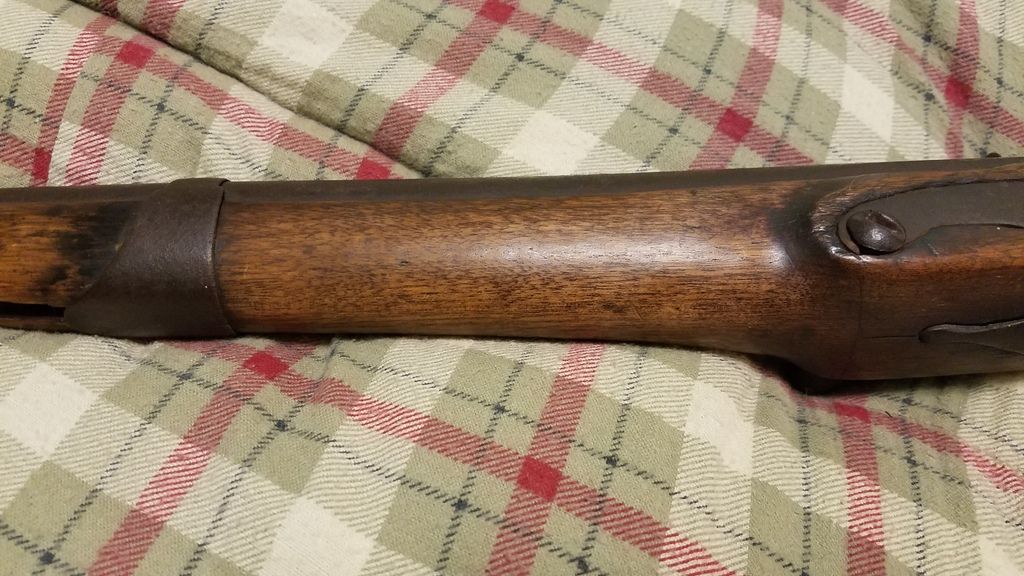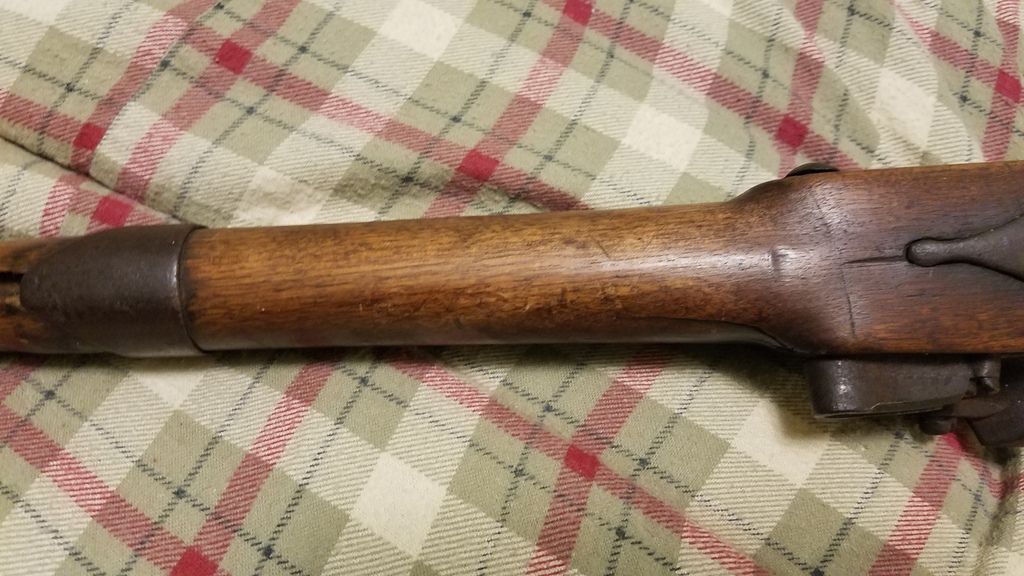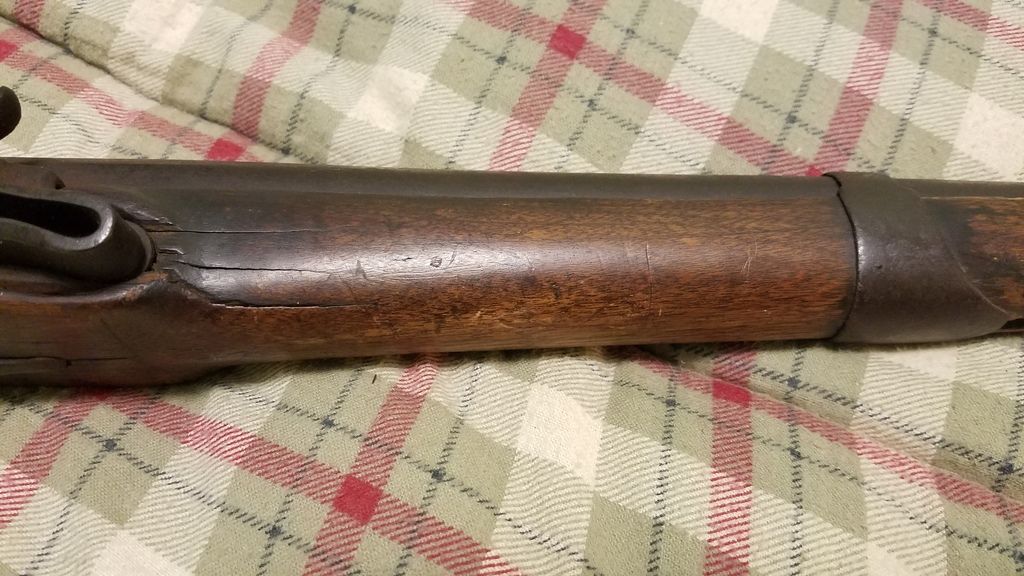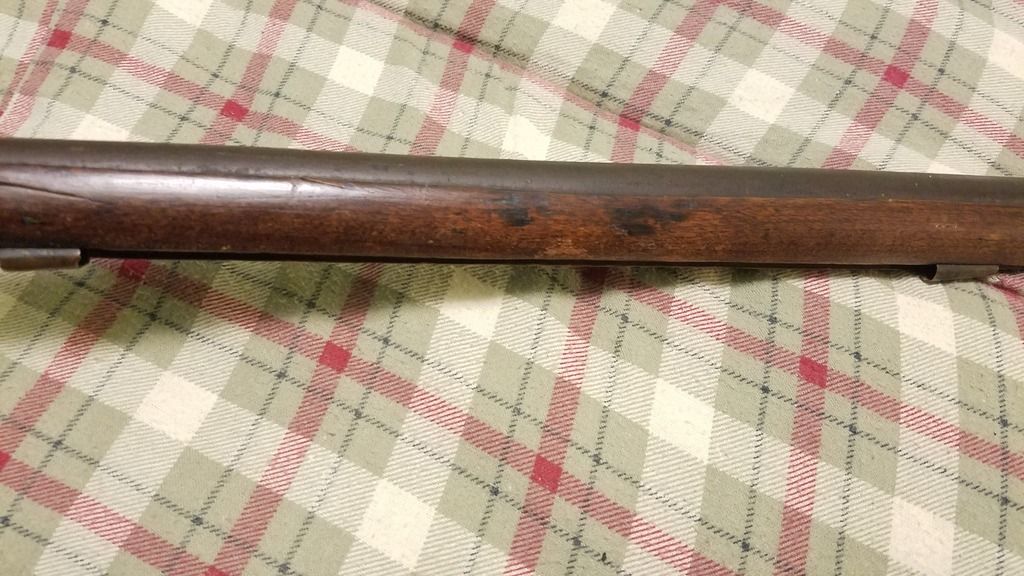I am reaching out to anyone that can help identify the make and model of this musket. I would like to know as much as I can about it.
Ever since I can remember, this antique musket hung over the doorway in the family room of my parents house. My father recently passed the musket on to me and I am trying to identify it. I would like to make an informational plaque to display along with it in my own family room.
I Googled around the internet and found a web page that shows a replica of a French 1728 Model Infantry Musket that looks very similar.
http://www.militaryheritage.com/musket5.htm
Of course my musket is in much worse condition and clearly not made to modern manufacturing standards. The ramrod is missing as is the middle barrel band, the butt plate is worn through, and there is a crack in the muzzle. It is really showing its age. You can see pictures of it here.
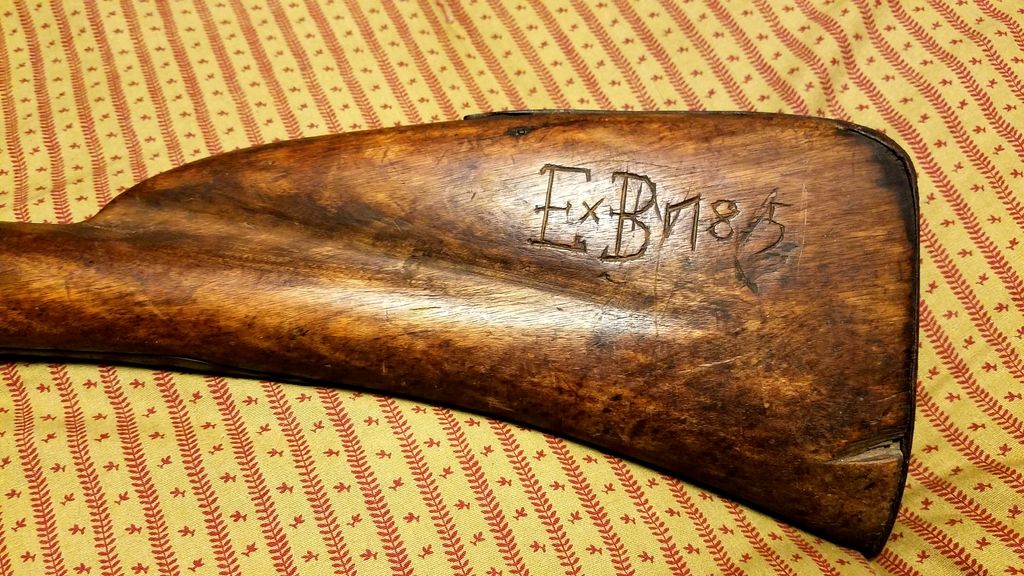
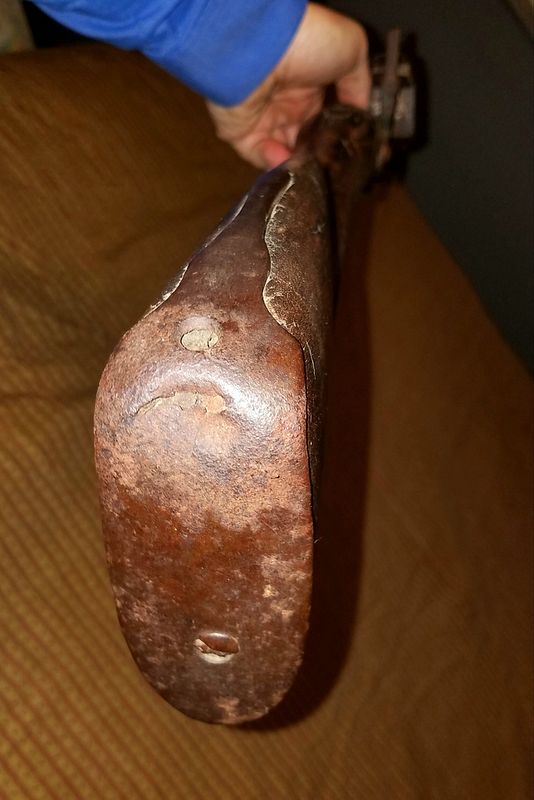
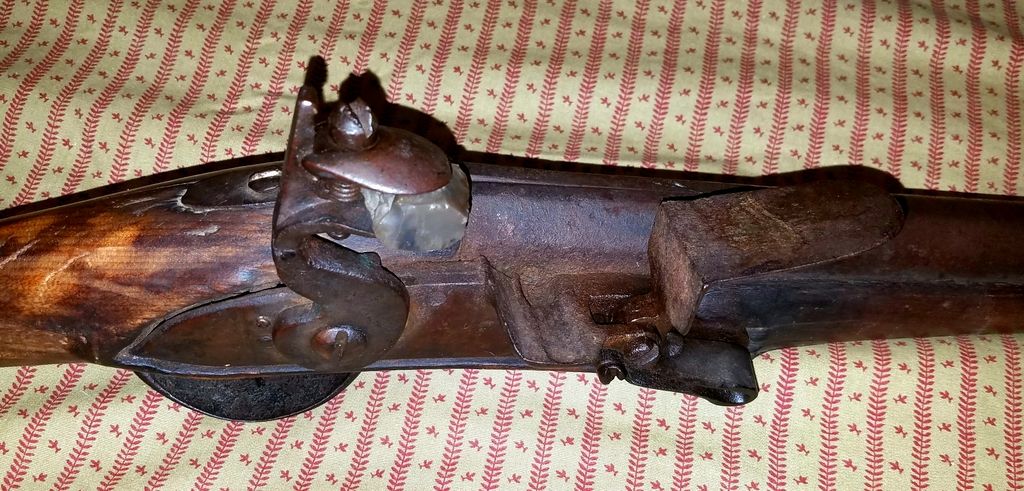
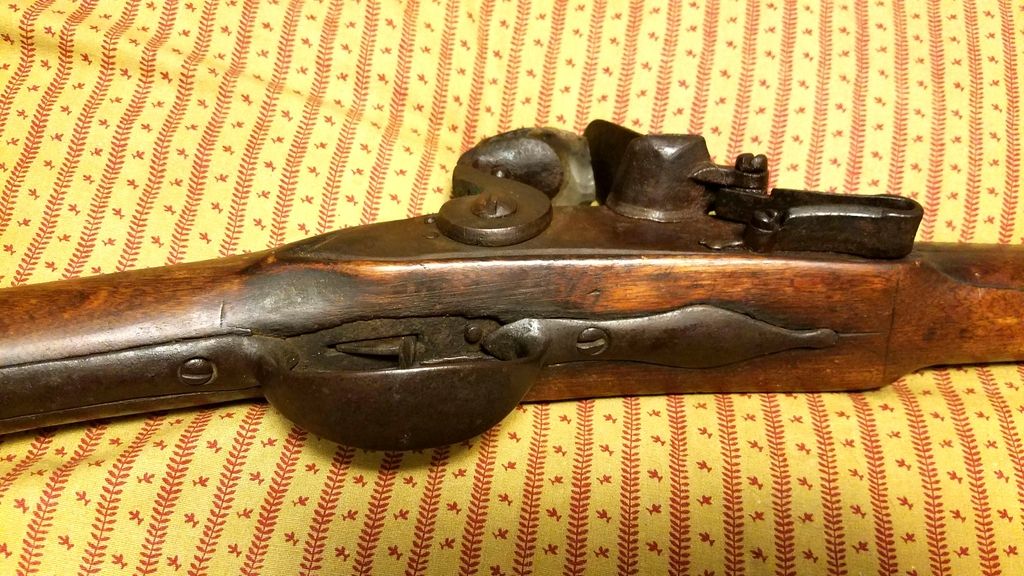
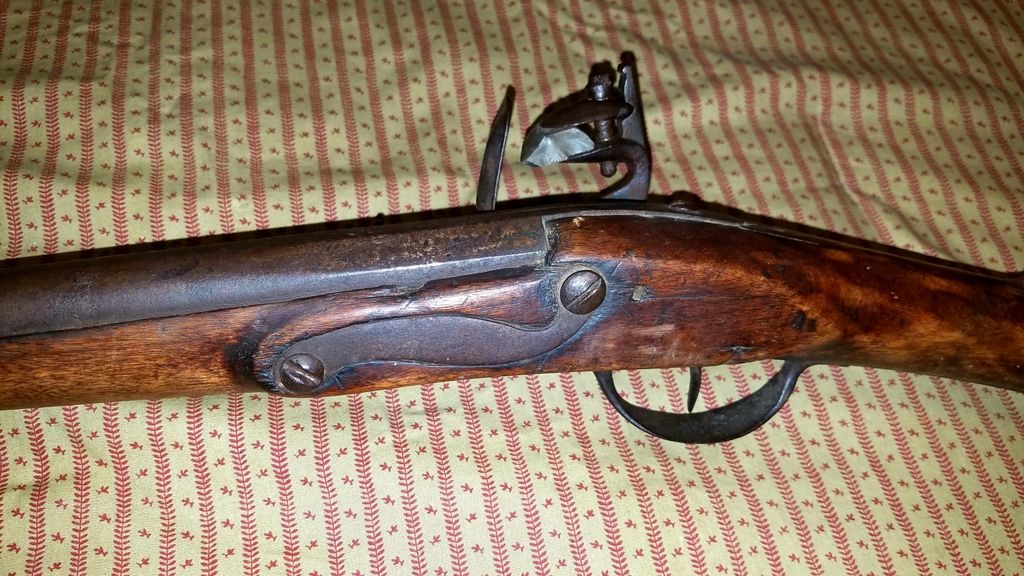

Ever since I can remember, this antique musket hung over the doorway in the family room of my parents house. My father recently passed the musket on to me and I am trying to identify it. I would like to make an informational plaque to display along with it in my own family room.
I Googled around the internet and found a web page that shows a replica of a French 1728 Model Infantry Musket that looks very similar.
http://www.militaryheritage.com/musket5.htm
Of course my musket is in much worse condition and clearly not made to modern manufacturing standards. The ramrod is missing as is the middle barrel band, the butt plate is worn through, and there is a crack in the muzzle. It is really showing its age. You can see pictures of it here.






Last edited by a moderator:





